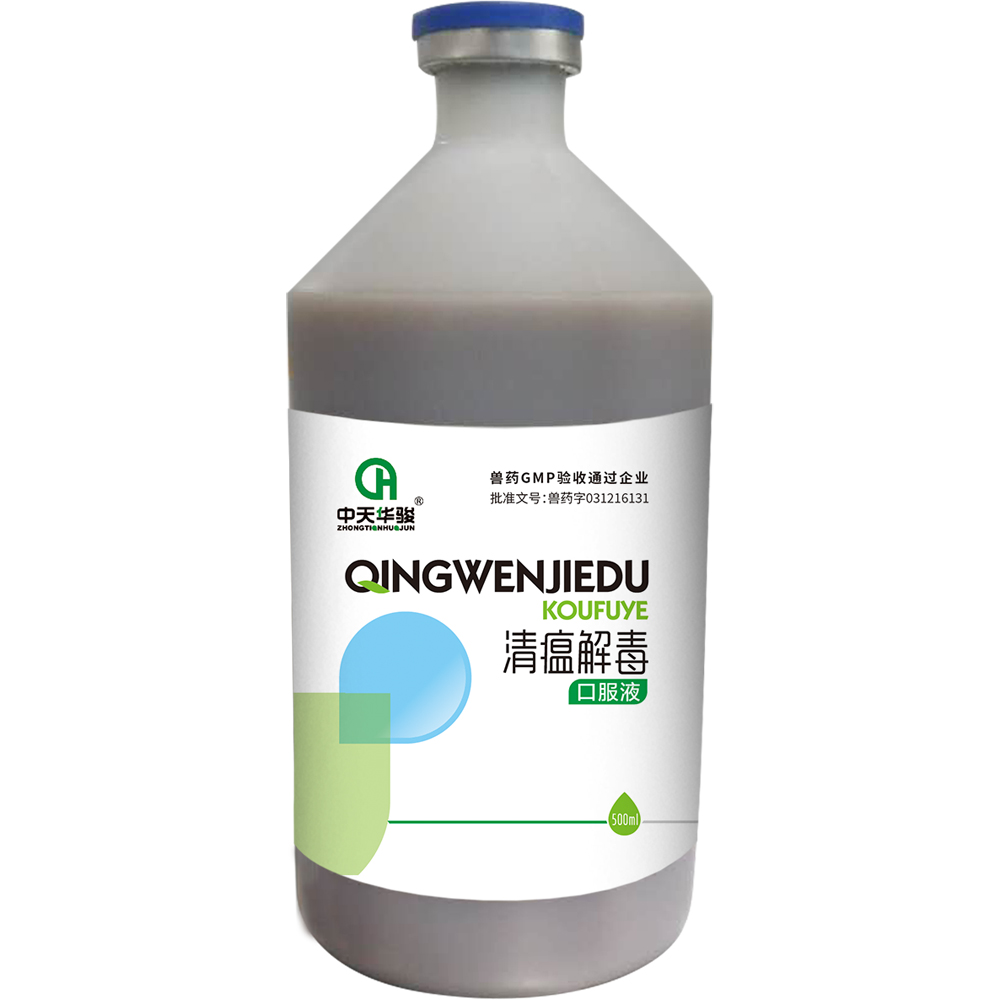
ديسمبر . 12, 2024 18:32 Back to list
custom chicken diseases coccidiosis
Understanding Coccidiosis in Chickens Causes, Symptoms, and Management
Coccidiosis is a commonly encountered parasitic disease in chickens, caused by single-celled organisms known as Eimeria. This disease primarily affects young birds and can lead to significant economic losses in poultry production. In this article, we delve into the causes, symptoms, and management strategies for coccidiosis, providing a comprehensive understanding of this chicken disease.
Understanding the Disease
Coccidiosis is highly contagious and is characterized by the rapid reproduction of Eimeria parasites in the intestinal tract of chickens. There are several species of Eimeria that can infect chickens, with the most common being Eimeria tenella, Eimeria acervulina, and Eimeria maxima. Each species targets different sections of the intestine, leading to varying symptoms and severity of disease.
Causes
The primary source of infection is the oocysts, which are resilient egg-like structures produced by the parasites. These oocysts are shed in the feces of infected birds and contaminate the environment, such as feed, water, and litter. Chickens ingest these oocysts while pecking at contaminated surfaces, leading to infection.
Factors that contribute to the outbreak of coccidiosis include
1. Crowded Conditions High stocking densities often increase the spread of oocysts. 2. Poor Sanitation Inadequate cleaning of coop environments can lead to oocyst buildup. 3. Stress Factors Factors such as transportation, changes in diet, or other diseases can compromise a chicken’s immune system, facilitating infection. 4. Age Young birds are particularly susceptible to coccidiosis as they have not yet developed immunity.
Symptoms
The symptoms of coccidiosis can vary based on the severity of the infection and the specific Eimeria species involved. Common signs to look out for include
1. Diarrhea The feces typically appear watery and may be stained with blood. 2. Weight Loss Infected chickens often exhibit stunted growth or weight loss due to impaired nutrient absorption. 3. Lethargy Infected birds may become less active and show signs of weakness. 4. Decreased Egg Production In adult hens, coccidiosis can lead to a reduction in egg laying. 5. Activity Level Affected chickens may spend more time resting and become less social.
custom chicken diseases coccidiosis

If left untreated, coccidiosis can lead to severe complications, including dehydration, anemia, and, in severe cases, death.
Prevention and Management
Preventing coccidiosis involves a combination of good management practices, biosecurity measures, and, when necessary, treatment strategies
1. Maintain Hygiene Regular cleaning of the coop and surrounding areas helps reduce the buildup of oocysts. Implementing a strict sanitation protocol is vital. 2. Control Stocking Density Avoid overcrowding to improve airflow and minimize stress, making it harder for coccidiosis to spread.
3. Implement Biosecurity Measures Protect your flock from external sources of infection by controlling access to poultry housing and introducing new birds to the flock carefully.
4. Nutritional Support Provide a balanced diet that supports the immune system. Vitamins and minerals can enhance resistance to infections.
5. Use Coccidiostats In some cases, the use of anticoccidial medications in feed can help prevent infection. However, the development of drug resistance is a concern, so it’s crucial to manage their use responsibly.
6. Regular Monitoring Observing and recording the health status of your flock on a routine basis can help in the early detection of coccidiosis.
7. Consult a Veterinarian In case of symptoms, consulting with a veterinarian is essential for proper diagnosis and medication management.
Conclusion
Coccidiosis poses a significant threat to chicken health and overall poultry production. By understanding its causes, symptoms, and implementing effective management practices, poultry farmers can greatly reduce the risk of infection. Vigilance and proactive measures are key in safeguarding the health of the flock, ensuring optimal production and minimizing economic losses. Proper education on the disease can empower chicken owners to take necessary actions to protect their birds, leading to a healthier poultry industry.
-
China Broiler Sudden Death Syndrome Solutions Supplier
NewsJul.26,2025
-
Copper Sulfate for Pond Factory - Reliable Manufacturer & Supplier Solutions
NewsJul.25,2025
-
High-Quality Scabies Mites from China | Custom Solutions & Bulk Supply
NewsJul.24,2025
-
Acute Salpingitis and Oophoritis Factory - Leading Manufacturer & Supplier
NewsJul.23,2025
-
Premium Coccidia Supplier from China – Custom Solutions & Factory Price
NewsJul.22,2025
-
Amoxicillin for Rats Factories | Manufacturer & Supplier
NewsJul.22,2025




